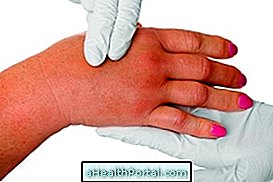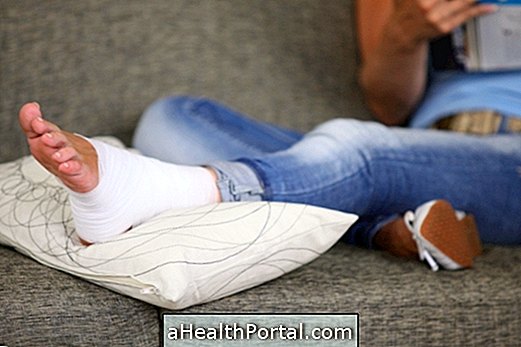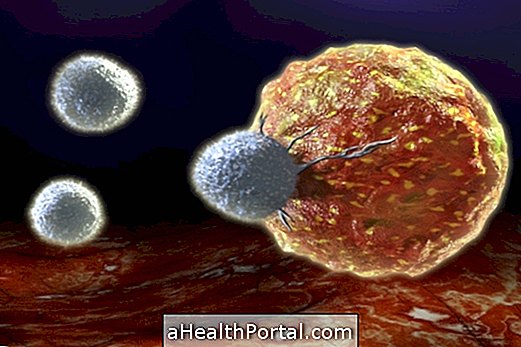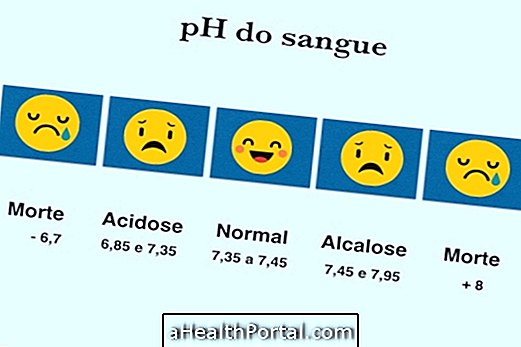The symptoms of scleroderma, which is an autoimmune disease in which collagen buildup occurs in the body tissues, vary according to the type of scleroderma and the site of the affected body.
Thus, in localized scleroderma, in which the disease affects only the skin, symptoms usually occur on the skin of the hands and face, whereas in systemic scleroderma, in which the disease affects other organs such as lungs or heart, eg symptoms are related to the location of the affected body.


In this way, the symptoms of localized scleroderma include:
- Swelling of hands;
- Thickening of the skin, especially on the fingers;
- Tingling and changes in skin color due to cold;
- Light or dark spots on the skin.
Typically, the initial symptoms of localized scleroderma include thickening and swelling of the fingertips, which may become purple or white. Learn more at: How Scleroderma is Identified.
Already the symptoms of systemic scleroderma include:
- Increased blood pressure;
- Red spots on the face;
- Indigestion;
- Difficulty swallowing;
- Feeling of shortness of breath;
- Rapid breathing;
- Loss of weight without apparent cause;
- Liver problems;
- Heart problems, such as heart failure or arrhythmia.
Individuals with symptoms of scleroderma should consult a general practitioner or vascular surgeon to perform blood tests and other necessary tests such as x-rays or skin biopsies, for example, to diagnose the disease and initiate appropriate treatment.
Treatment for scleroderma
The treatment for scleroderma aims to alleviate the symptoms of the disease, since there is no cure. In this way, treatment for scleroderma is usually done with anti-inflammatory drugs like Ibuprofen or corticosteroids like prednisone, allied to physical therapy exercises.
According to the affected body sites and the symptoms that the patient presents, the doctor may prescribe other more specific remedies.
























